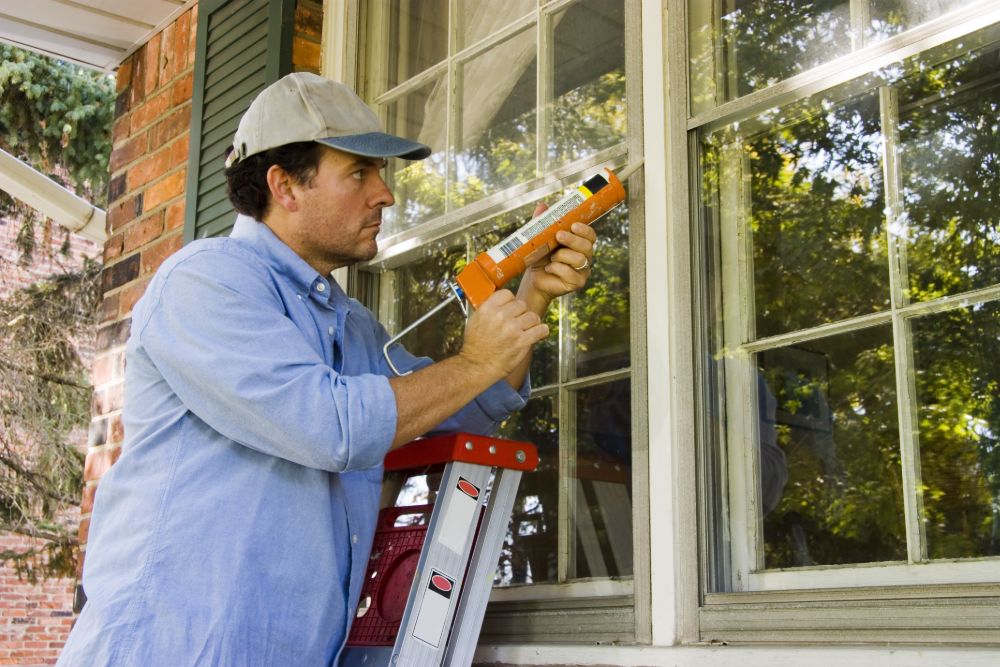How Container Glass Market Has Grown Over The Past Years

Glass containers are simple everyday things that are used in both households and industrial facilities. Glass containers come in various shapes, sizes, and varieties as per the use case. Glass containers are manufactured from sand (silica), cullet (crushed containers or bottles), soda ash and chemical additives. The containers are manufactured in different colors, though these usually have a clear (flint) finish. Some industries also require green or brown bottles such as food and beverage industry, liquor industry, etc. Glass containers are an easy solution for food storage at both home and workplace, and are environment-friendly as well. Glass containers do not harm the environment and these can be recycled to be used again and again.
Considering the vast number of applications of glass containers, the global glass container market size is huge and it is growing at a rapid Compound Annual Growth Rate (CAGR) of 3-4 percent and it is expected to witness a global demand of 64.5 Million Metric Tons (MMT) by 2020. The major reason for such high projected demand is the increasing consumption of a variety of food and beverages including liquor across the globe. Mexico, Vietnam, Thailand, India, and China are developing markets showing an increase in the demand for alcoholic beverages and therefore, these are driving high demands in the glass container industry.
Growth Of The Glass Container Market Over The Past Few Years:
The glass container market relies on the end-user industries for the demand and changes in the global industrial landscape affect the industry exponentially. The global glass container market used to be highly fragmented but it has been a part of several mergers and acquisitions that have helped in consolidating the market in the developed regions such as Europe and America where top 3 suppliers hold 50-60 percent market share. On the other hand, emerging markets still remain highly fragmented. Maturing alcohol consumption on a global level, especially in emerging economies such as India and China have driven the growth quite rapidly. The APAC is a key region that accounts for a maximum market share of 35 percent and it is expected to show demand of 24.1 MMT by 2022. The beer consumption is expected to grow at a CAGR of 13-14 percent and 7-8 percent respectively for India and China.
Regarding the global glass container industry, it is operating at 60-70 percent of its operational capacity. Alcoholic beverages hold more than 70 percent of the total market share of the glass bottle market. Another industry that drives the global demand for glass containers is the pharmaceutical industry which is also showing a high growth at a CAGR of 5-6 percent and is expected to attain a market value of $71 billion by 2022. China is the largest producer and exporter of glass containers with more than 900 established converters in the global market.
Some key trends in the global glass container market include increased use of cullet and reduced weight of the containers. Certain global giants dominate the industry due to their technologically advanced plants. The top global suppliers are Owens-Illinois, Ardagh, Veralia, Anadolu Cam and Vidrala.
The global glass container market is witnessing high demands in the emerging economies and the implementation of recycling plants and solid waste management plants is pushing the need for reducing landfill and production costs are taking the industry into a new direction.



